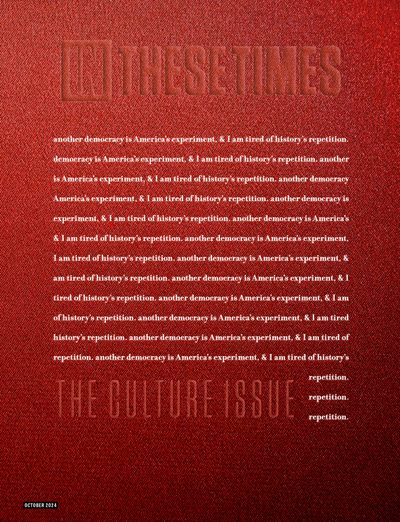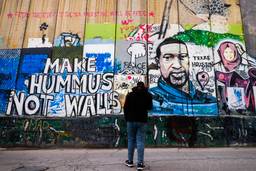Freedom of Expression, Unless It’s Your Hair
To dismantle texturism, we first need to acknowledge its existence.
J. Patrick Patterson

tex•tur•ism
noun
1. discrimination against people with textured hair
2. a societal preference for people with straighter, looser hair textures
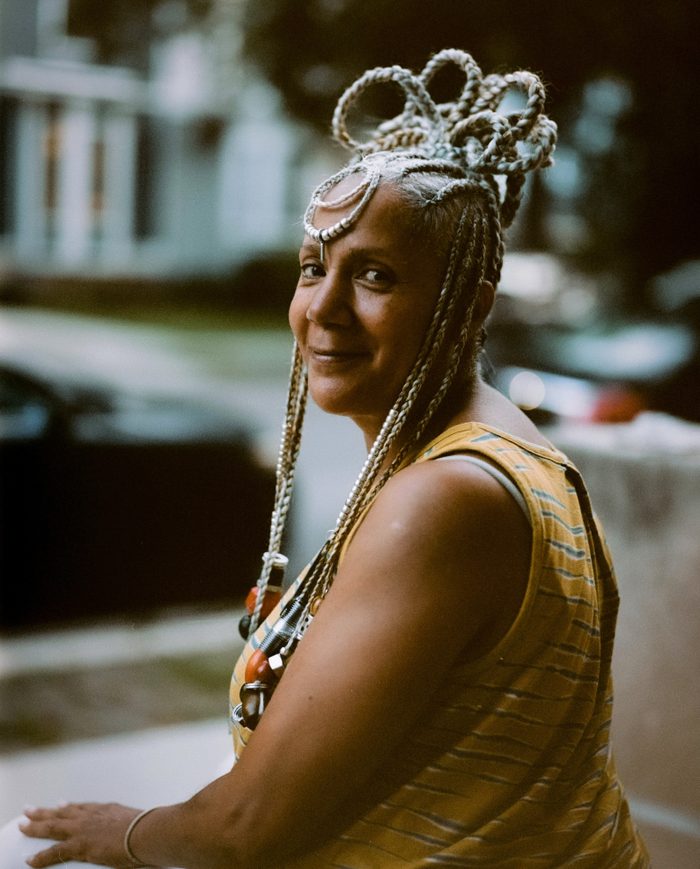
How does it affect people?
This prejudice not only damages self-esteem; it leads to discrimination at school and work. Last year, for example, a high schooler in Texas was suspended for not cutting his locs. A 2023 study by the CROWN Coalition — a group working to end hair-based discrimination — found that Black women’s hair is 2.5 times more likely to be deemed unprofessional than other women’s hair, which negatively impacts advancement opportunities.
Like colorism, texturism is rooted in Eurocentric beauty standards and creates divides even among and within marginalized groups. In many Black communities, for example, people with more tightly coiled hair experience more prejudice than those with naturally loose curls.
This practice of dehumanizing people based on their hair extends back to colonial times. During slavery, Black people were often required to shave their heads or cover their hair. In 1786, the Spanish governor of Louisiana enacted the Tignon Law, which required Black and Creole women to cover their hair with scarves (or tignons) as a sign of subordination. (Many women used elaborate fabrics and jewels to subvert these laws without breaking them.) Between the 1860s and 1960s, hundreds of thousands of Native American children were forced to attend boarding schools by the federal government, where they were subjected to forced haircuts, among other forms of cultural erasure.
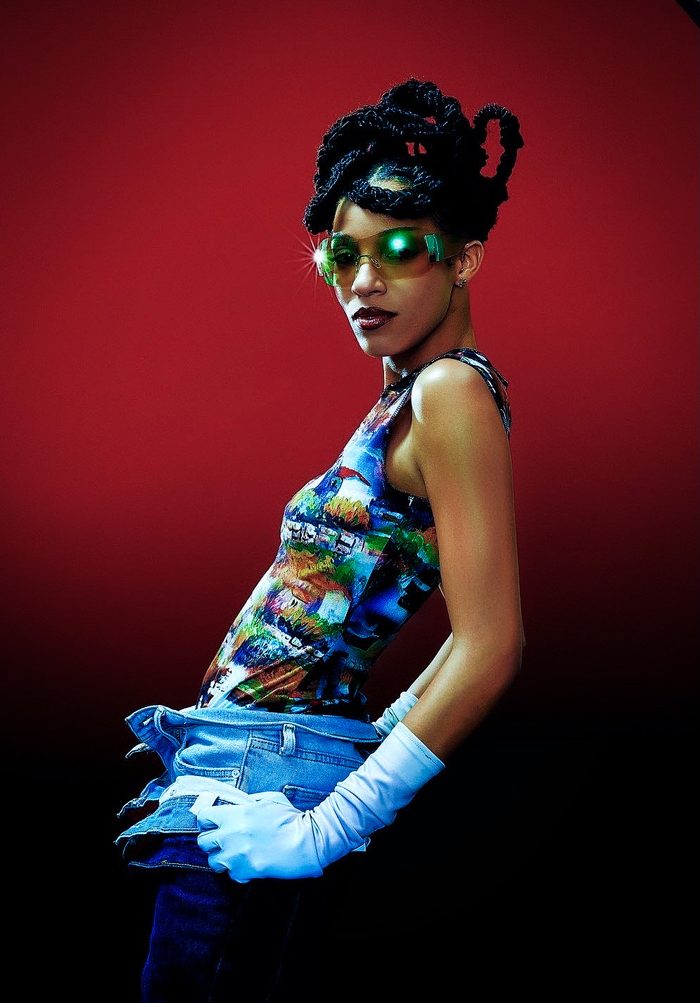
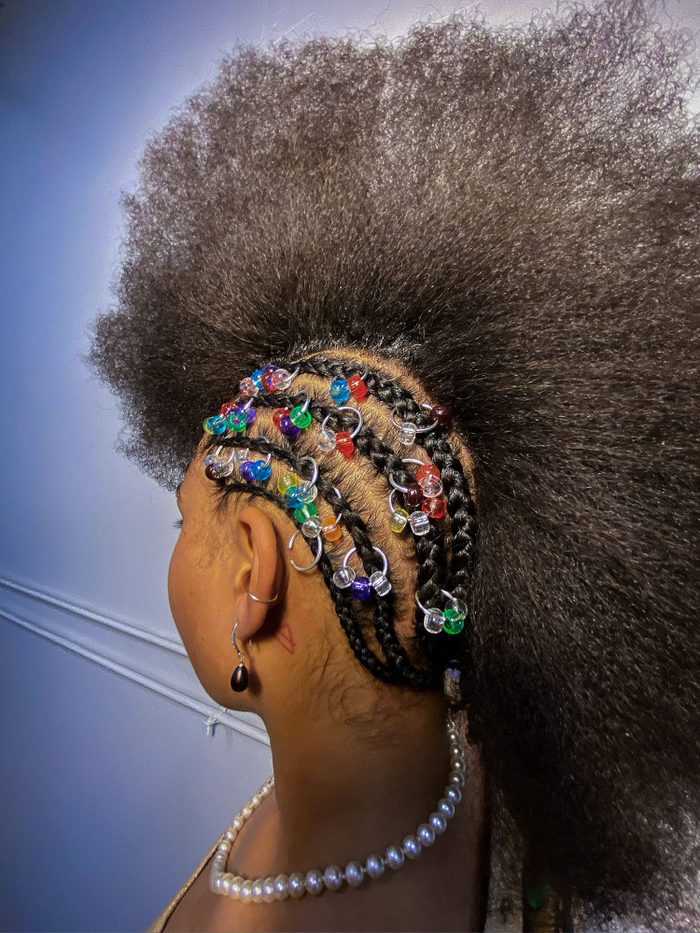
How is this legal?
Some states have tried to make race-based hair discrimination illegal through the CROWN Act, which has been adopted by half the country, beginning with California in 2019. At the national level, the bill was reintroduced in May by Rep. Bonnie Watson Coleman (D-N.J.).
To dismantle texturism, we first need to acknowledge its existence. It’s important to unlearn harmful practices and sayings that reinforce texturism and then educate our family and friends about the beauty of all hair textures and the roots of texturism, which stem from anti-Blackness. It’s also a gift passed down from our ancestors, symbolizing our heritage. Fun fact! Black hair, with its unique curls and texture, is an adaptation to heat, helping to keep the scalp cool, conserve water and protect from sun exposure. How cool? So Coils are our protector, Coils are our heritage, Coils are our art, Coils are our beauty.
—Ryuan Johnson, creator of Sexy Scalps
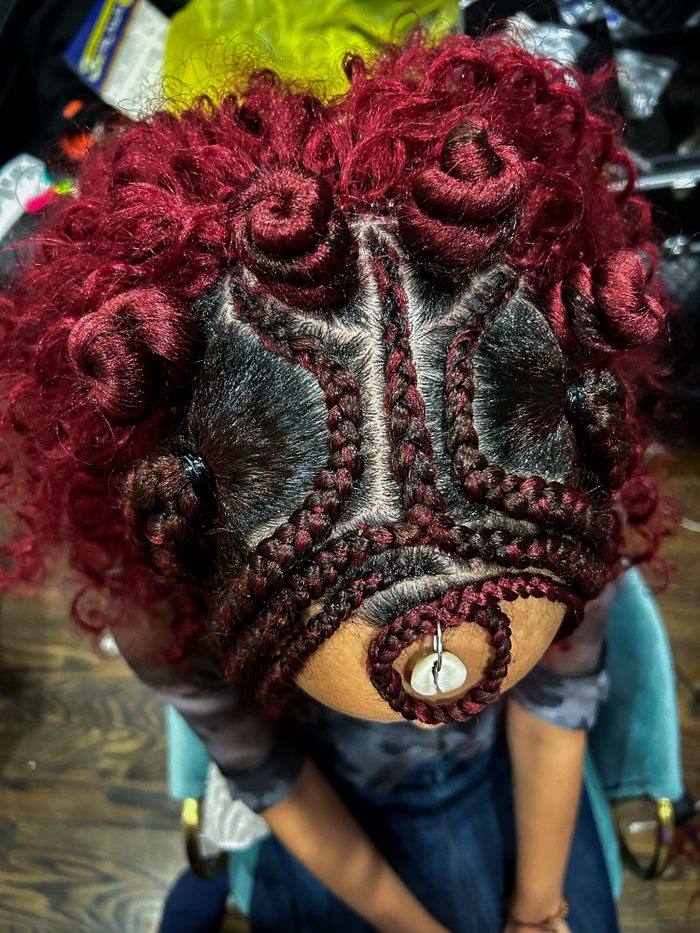
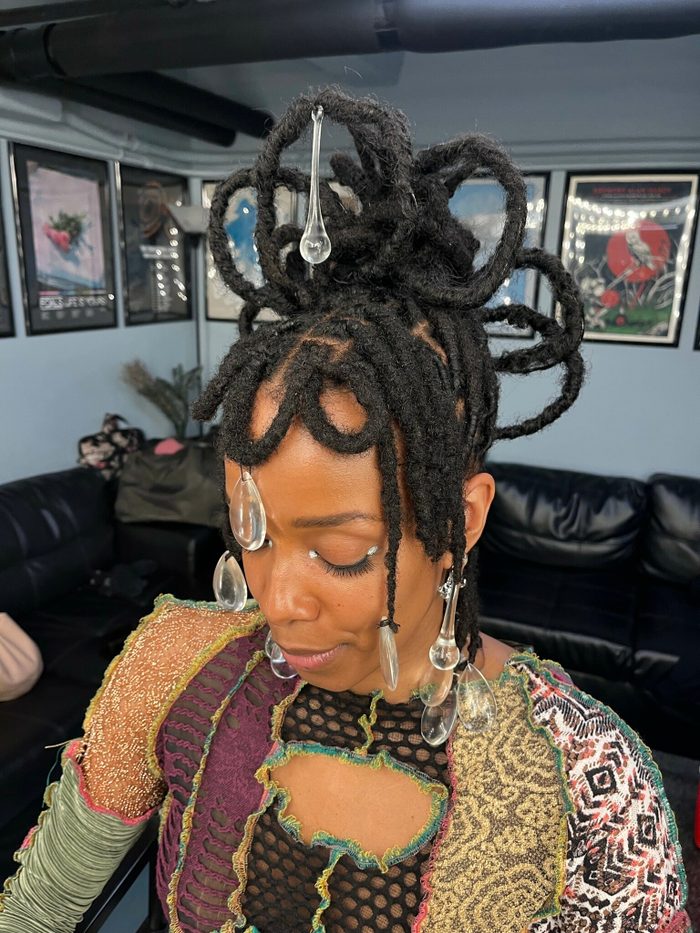
What’s next?
Advocates have made a lot of progress on the CROWN Act, but we need more lawmakers to step up. Societally, we have a long way to go to end the bias against certain hairstyles. A good first step is recognizing that these biases are real and have financial, social and mental health consequences. Hairstyles like braids, bantu knots, locs and twists have been around for centuries, and many people still wear them to protect their hair against the elements, lock in moisture and promote healthy growth. It’s important to remember, too, that hair can also be about expression, about honoring a culture or showcasing style and creativity. It’s a beautiful thing to witness.
J. Patrick Patterson is the Associate Editor at In These Times. He has previously worked as a politics editor, copy editor, fact-checker and reporter. His writing on economic policies and electoral politics has been published in numerous outlets.
